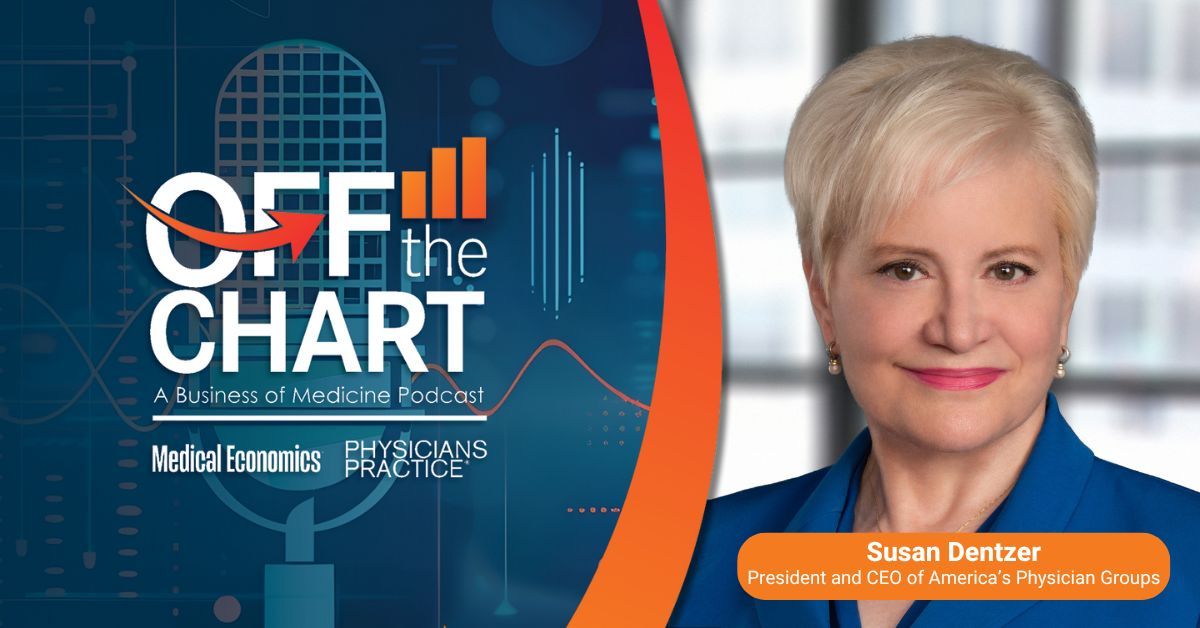Blog
Article
Restoring joy and compassion in health care with the CMS Patient Safety Structural Measure
Author(s):
New measure will be a monumental step forward away from preventable medical harm and toward better patient care.
© MQ-Illustrations - stock.adobe.com

Throughout my over 30-year career as both a physician and attorney, I have observed and experienced a sad and troubling evolution within our health care system, especially since COVID-19: We have lost the joy and compassion vital to delivering the quality care our patients deserve.
Today’s health systems are facing rampant medical harm: Nearly one in four hospitalized patients experience a harm event, 25% of which are preventable. Beyond patients and families, preventable harm also has a detrimental impact on health care workers, fueling emotional exhaustion and mental health challenges.
Ideally, when a harm event occurs, it would be quickly and efficiently documented, with open communication occurring at all levels — from the staff involved with the incident down to the patient’s family and caregivers. However, our health care workforce often stands behind a metaphorical “wall of silence” — the stigma, whether fueled by shame or the fear of litigation, around speaking up about medical errors and safety incidents. This wall can contribute to a vicious cycle of harm.
Tim McDonald, MD, JD

I experienced this firsthand early in my career when a fatal medical error occurred during a surgical procedure at the medical facility where I worked. Afterward, hospital leaders tried to sweep the incident under the rug rather than addressing the root causes of the mistake. In the end, the hospital was sued and spent millions of dollars on legal representation and settlement of this preventable harm event.
Without rapid and effective incident reporting and transparency, hospitals and health systems cannot efficiently uncover the root causes of errors and initiate the appropriate efforts to drive improvement—and providers cannot care for patients and their families with the necessary level of understanding and compassion.
Now, however, industry leaders in quality and patient safety have assisted the federal government in introducing regulatory efforts designed to change that. The U.S. Centers for Medicare & Medicaid Services (CMS) recently published the Patient Safety Structural Measure (PSSM), which is a monumental step forward in addressing the core challenges impacting our health care system, serving as a patient safety roadmap for encouraging open empathic communication along with incident reporting and data sharing as an engine to drive improvement.
By increasing connection and collaboration across all health care operations, the PSSM, combined with the right technology, provides hospitals and health systems with the opportunity and guidance they need to normalize compassionate honesty and establish and maintain a truly just culture around patient safety.
What is the Patient Safety Structural Measure?
CMS recently published the Final Rule of the PSSM, with implementation expected as early as October of this year. Part of the (FY) 2025 Hospital Inpatient Prospective Payment System (PPS) rule, the PSSM is an attestation-based measure designed to assess whether hospitals have implemented strategies and practices to strengthen systems for safety.
The measure consists of five domains encompassing the core tenets of patient safety:
- Leadership Commitment to Eliminating Preventable Harm
- Strategic Planning and Organizational Policy
- Culture of Safety and Learning Systems
- Accountability & Transparency
- Patient and Family Engagement
In terms of measurement, hospitals can earn five points, one from each domain, determined by the effectiveness of their programs. These scores will be publicly reported by CMS, as well as the national average score and the average score in the hospital’s state. Public reporting of these scores could also encourage health care organizations to collaborate with a Patient Safety Organization (PSO) to share critical data that can supply deeper insights into patient safety incidents and improvement efforts.
Through evidence-based patient safety best practices and increased data sharing, this policy aims to streamline communication between health care professionals and patients to create a safer and more supportive environment for practitioners.
Approaches to establishing a just culture around patient safety
Strengthening peer support programs and utilizing data-driven insights are paramount to a just culture around patient safety. One effective way hospitals and health systems can establish a just culture is by implementing the Communication and Optimal Resolution (CANDOR) approach — a vital component of the PSSM.
During my expansive career advocating for patient safety, I had the pleasure of serving as one of the lead architects of the CANDOR toolkit, which provides hospitals and health systems with tools to respond to patient harm through rapid event reporting, immediate response, empathetic communication to patients and families, peer support and resolution. CANDOR involves training health care staff in effective and compassionate patient safety event resolution and empathetic communication with patients and their caregivers.
Another key program transforming how hospitals and health navigate patient safety is BETA Healthcare Group’s BETA-HEART approach (Healing, Empathy, Accountability, Resolution, and Trust), a coordinated and holistic program designed to help organizations create a reliable, sustainable and transparent culture of safety. Through its five domains, BETA encourages cultural transformation by helping organizations develop and maintain empathetic processes that support healing for both the patient and the clinician.
Every day, I actively work with hospitals and health systems to implement these programs within their organizations. With the PSSM now mandating more transparent communication and approaches such as CANDOR, hospitals and health systems will have the tools – and most importantly, the inspiration and motivation – they need to approach patient safety from a comprehensive, systematic lens.
The role of connected health care operations
It is no secret that health care has a significant data problem. While the health care industry generates massive amounts of data, most of which is not utilized to its proper potential — providing insights that can prevent harm.
To empower safer decision-making and ensure alignment with each domain of the PSSM, health care organizations must connect disparate systems through the right technology to allow the rapid flow of information across all operations. When implementing this technology, however, health care organizations should look to leverage the GROSS (Get Rid of Stupid Stuff) method to effectively optimize efficiency within all patient safety and peer support programs and allow staff to spend more time with their patients and families and on insights that drive improvement. This has been known to decrease emotional exhaustion.
By harnessing actionable data and insightful analytics that break down silos, we can enable a more comprehensive understanding of existing patient safety challenges and key target areas for improvement across the entire continuum of care.
Approaches to peer support must be comprehensive. This flow of information enables more effective peer support for everyone, clinical and nonclinical staff, encouraging more timely responses from health care staff and empathic, honest communication from every stakeholder involved – down to the security guard at the hospital who may have witnessed an incident to the affected patient.
The future of the PSSM and patient safety
If the medical center I worked at 30 years ago had a peer support system in place, perhaps I would have been less afraid of speaking up and having the courage to communicate honestly with the patient’s family about the incident that occurred. I can’t go back in time, but I can hope that, with the help of improved safety cultures driven by regulatory measures like the PSSM, current and future health care workers will not have the same experience and that we will be part of bringing joy and meaning back to the health care workplace. Utilizing the right software and peer support solutions helps health care organizations hardwire compassionate efforts in a measurable way, supporting our hospitals and health systems in what they truly aim to do: provide safer health care for all.
Tim McDonald, MD, JD, is the chief patient safety and risk officer for RLDatix and a professor of law at Loyola University – Chicago. As a physician-attorney, he has assisted hundreds of hospitals and health systems in implementing a principled approach to unexpected events. He is dedicated to communicating honestly to patients and families, providing peer support within the health care team and using software technology to learn and improve following patient harm events, including the identification of opportunities to reduce disparities in health care.
Newsletter
Stay informed and empowered with Medical Economics enewsletter, delivering expert insights, financial strategies, practice management tips and technology trends — tailored for today’s physicians.





